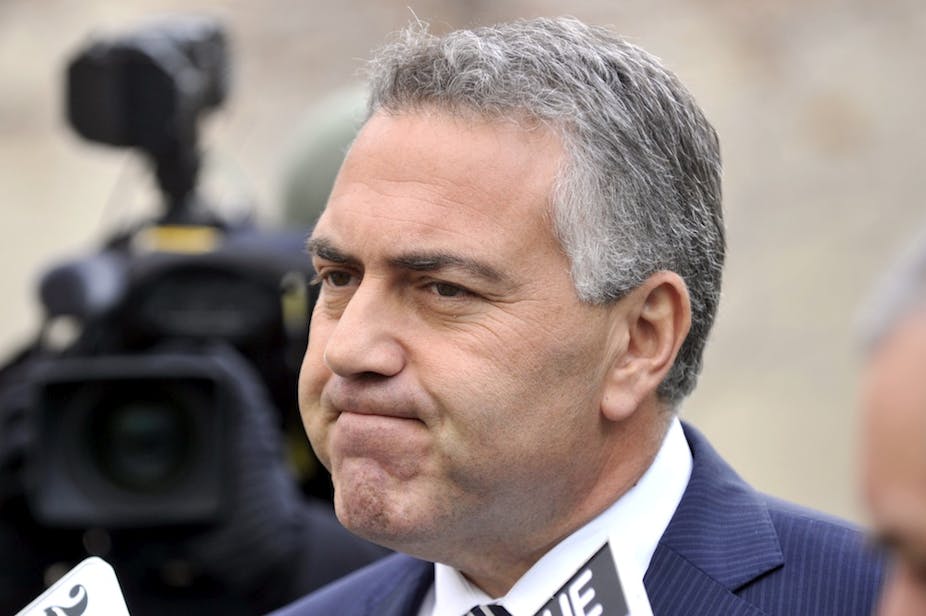It seems the broad debates around migration, and often skilled migration, are little different from one country to the next.
The United States is currently considering sweeping migration reforms that include the provision of citizenship pathways for the 11 million undocumented workers residing and working in the US, as well as the relaxation of restrictions on guest workers. There are hopes these amendments will improve an immigration system many feel is broken. But the process has been mired in predictable bitter political wrangling.
Here in Australia though while we can always strive for improvements, our migration system is far from broken. While the context of the debates may be different to the US, the nature and lack of bipartisanship of the debate around skilled migration can be remarkably similar.
For example, discussions around the 457 visa category ignites a variety of predictable responses from various interest groups. Like many, I abhor Gina Rinehart’s approach to labour relations, which seems to a rely on a “race to the bottom” approach of opening the labour market to cheap labour.
However, let’s not throw the baby out with the bathwater. We need to value what’s working with our work visa policies and fix what’s not. There is no doubt that like many other economies, we have skill shortages in some key occupations. While training should (but unfortunately has rarely been) the first priority of the government, employers and industry groups, immigration has always been a mainstay to our economy.
Also why should Australian workers be forced to relocate their families to remote areas of West Australia or Queensland if they have no community or family networks there? By the same token why should workers on 457 visas attract inferior rates of pay and conditions as those doing the same work? Both suggestions go against our tradition of protecting labour standards and giving all workers a fair go.
Enterprise Migration Agreements for the resources sector, as well as the 457 visa system can be sound policy innovations that seek to address some of the problems of skill shortages. However schemes such as these need to be closely monitored.
In both cases, employers should be made to show categorically that they have attempted to recruit workers locally and they should put medium-term programs in place to train in the areas they have a shortfall rather than relying on temporary stopgap measures. Indeed, like all systems, these visa schemes can be rorted with ANU demographer Peter McDonald estimating perhaps modestly that 2 or 3% of employers are exploiting the system.
Also we shouldn’t forget that the temporary worker and student visa categories have become important pathways to permanent settlement for many migrants. As such we need to avoid scapegoating (skilled and student) migrants and recognise their contribution to this nation, both now and in the future.
Just like the Hispanic gardeners that sculpt the beautiful front lawns of many Los Angeles suburbs and the backpackers who pick fruit in rural Australia, the contribution of migrant workers should not be overlooked. Nor should their rights to fair wages and conditions.
In the last few months, both sides of politics have weighed in on the migration debate, but not always in very useful ways. Joe Hockey’s “accusation” that the Prime Minister’s communications director John McTernan was on a 457 visa, was just one example of how discussions around migration can become an irrational and tiresome political football.
While such posturing might attract momentary headlines, they suffocate more important discussions about how to deal with global issues of migration and for that matter integration. If we don’t have the skills locally, then there have always been two options, train within or import from outside. We need to do both.
That means not tainting 457 visa and other temporary workers as “the other” as well as getting serious about training and upskilling local labour by supporting rather than destroying our TAFE system; resourcing rather than retreating from our tertiary sector and targeting investment in training at reasonable cost to all Australians. As such the bigger failing is that Australian governments continue to disinvest in education and training for local workers.
Migrants buffer an economy and continue to shape the places we live and work in positive ways. They are people, not numbers in a visa sub class. As we heard at the conference in Los Angeles, migrants make a valuable contribution not only because of their readiness to contribute their job-ready skills but also in making the short-term transition, at their own cost often, to a new country.
Whether they sculpt your garden, pick the apples you eat, design your house or teach your children, migrants often migrate with the clear intention of contributing to their own and their new country’s quality of life. The real challenge of migration policy is to consider all these factors free of corporate opportunism and political populism.

